
I have mainly posted about my English ancestors here- but my great grandparents are Swedish -coming in 1841 to America from Kristianstadt, Sweden.
In wanting to add to my genealogy items about them, I had asked a friend of mine that was going to Bishop Hill- A historic Swedish settlement- to see if she could find a Dala horse for me.
Today she came bearing a Chrtistmas gift- a Dala Horse!
This is the Dala Horse history:
A small horse, hand-carved from a scrap of wood during the winter evenings by the fire perhaps 300 years ago in Dalarna, in the Swedish parish of Mora,was the beginning.
The carving of Dala horses is thought to have started in the village of Bergkarlas, though the nearby "horse" villages of Risa, Vattnas and Nusnas were also centers of horse making. The villages were involved in the art of furniture and clock-making, and it is likely the leftover scraps of wood were at first whittled into toy horses for children as a winter pastime.
But the art of carving and painting the small horses quickly flourished in the 1800's, as economic hardship in the region inspired greater production of the little horses, and they became an important item of barter. Horse-making may have started as something to while away the hours during the long winter months but soon the Dala horses were traded in exhange for household goods and their carving and painting blossomed into a full-fledged cottage industry. The rural families depended on horse production to help keep food on the table, as the skills of horse carving and painting were passed from one generation to the next.
The decoration on the Dala horse (the first horses were not painted or were only one color) has its roots in furniture painting and was perfected over the years. Perhaps the most famous decorator was Mora artist Stika Erik Hansson from Risa, the first of the horse painters to paint with two colors on the brush at one time.
The carving of Dala horses is thought to have started in the village of Bergkarlas, though the nearby "horse" villages of Risa, Vattnas and Nusnas were also centers of horse making. The villages were involved in the art of furniture and clock-making, and it is likely the leftover scraps of wood were at first whittled into toy horses for children as a winter pastime.
But the art of carving and painting the small horses quickly flourished in the 1800's, as economic hardship in the region inspired greater production of the little horses, and they became an important item of barter. Horse-making may have started as something to while away the hours during the long winter months but soon the Dala horses were traded in exhange for household goods and their carving and painting blossomed into a full-fledged cottage industry. The rural families depended on horse production to help keep food on the table, as the skills of horse carving and painting were passed from one generation to the next.
The decoration on the Dala horse (the first horses were not painted or were only one color) has its roots in furniture painting and was perfected over the years. Perhaps the most famous decorator was Mora artist Stika Erik Hansson from Risa, the first of the horse painters to paint with two colors on the brush at one time.




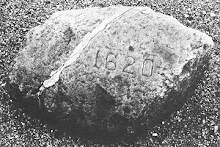
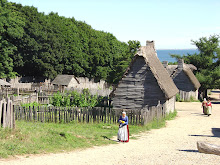






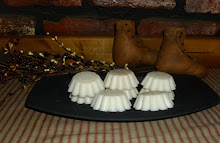


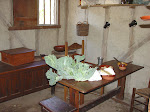
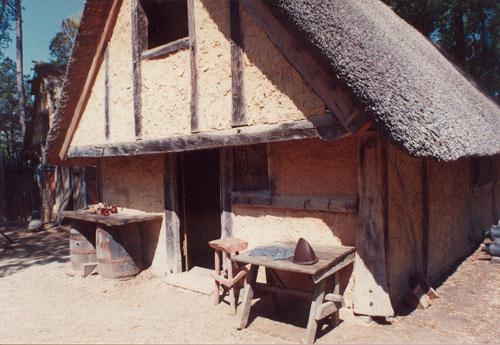
No comments:
Post a Comment